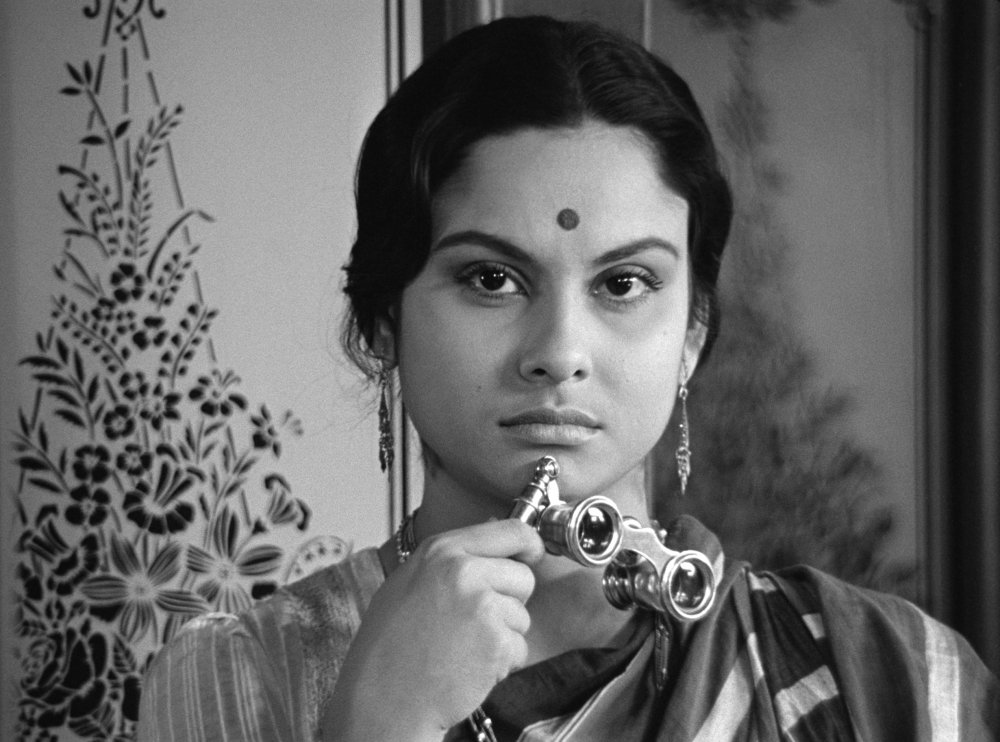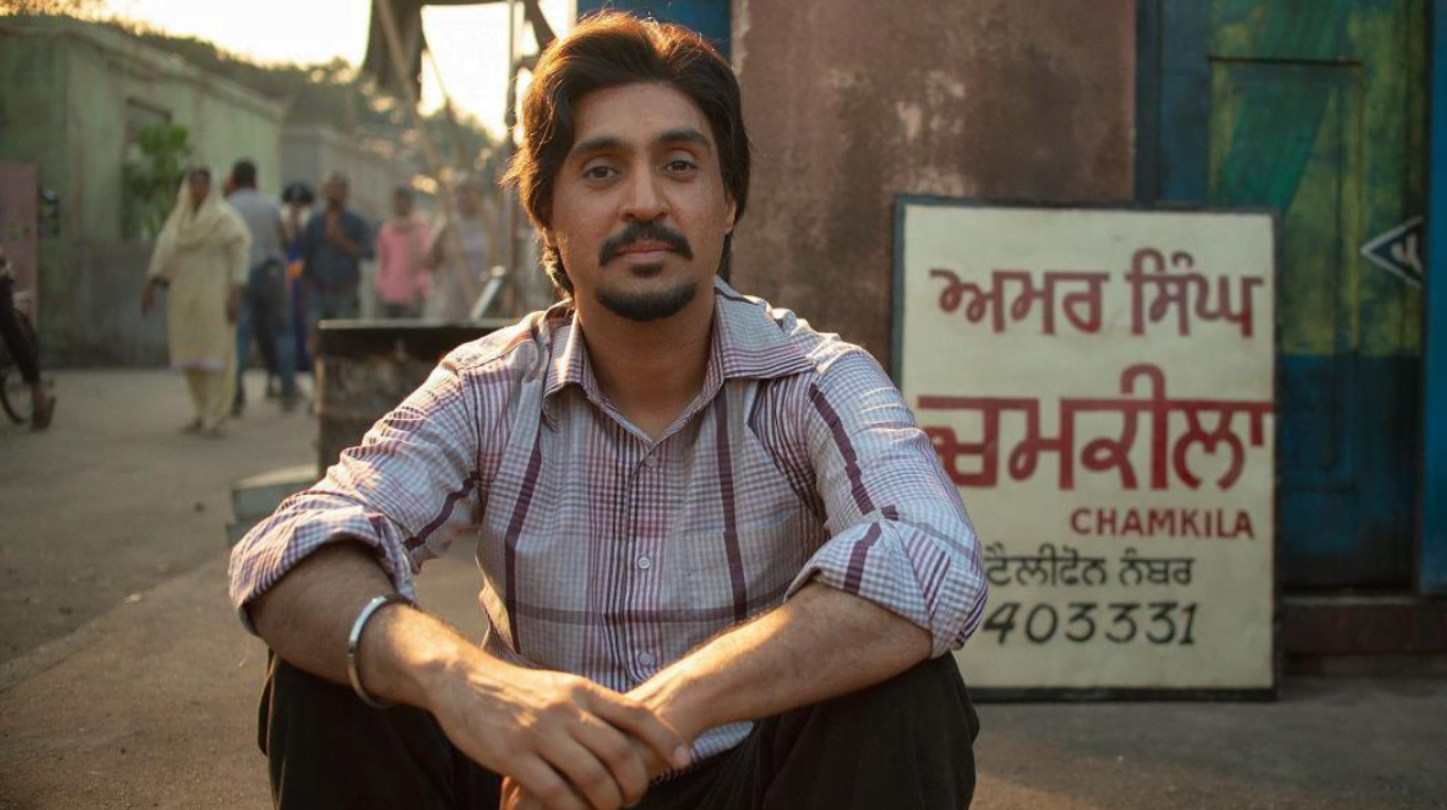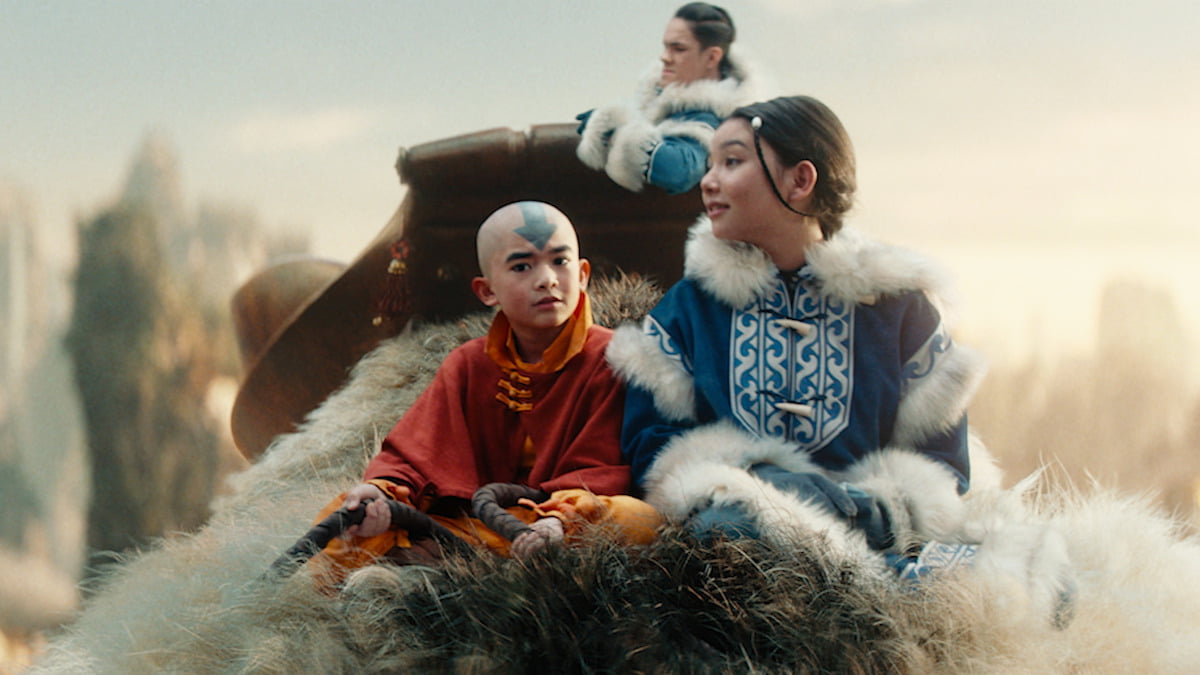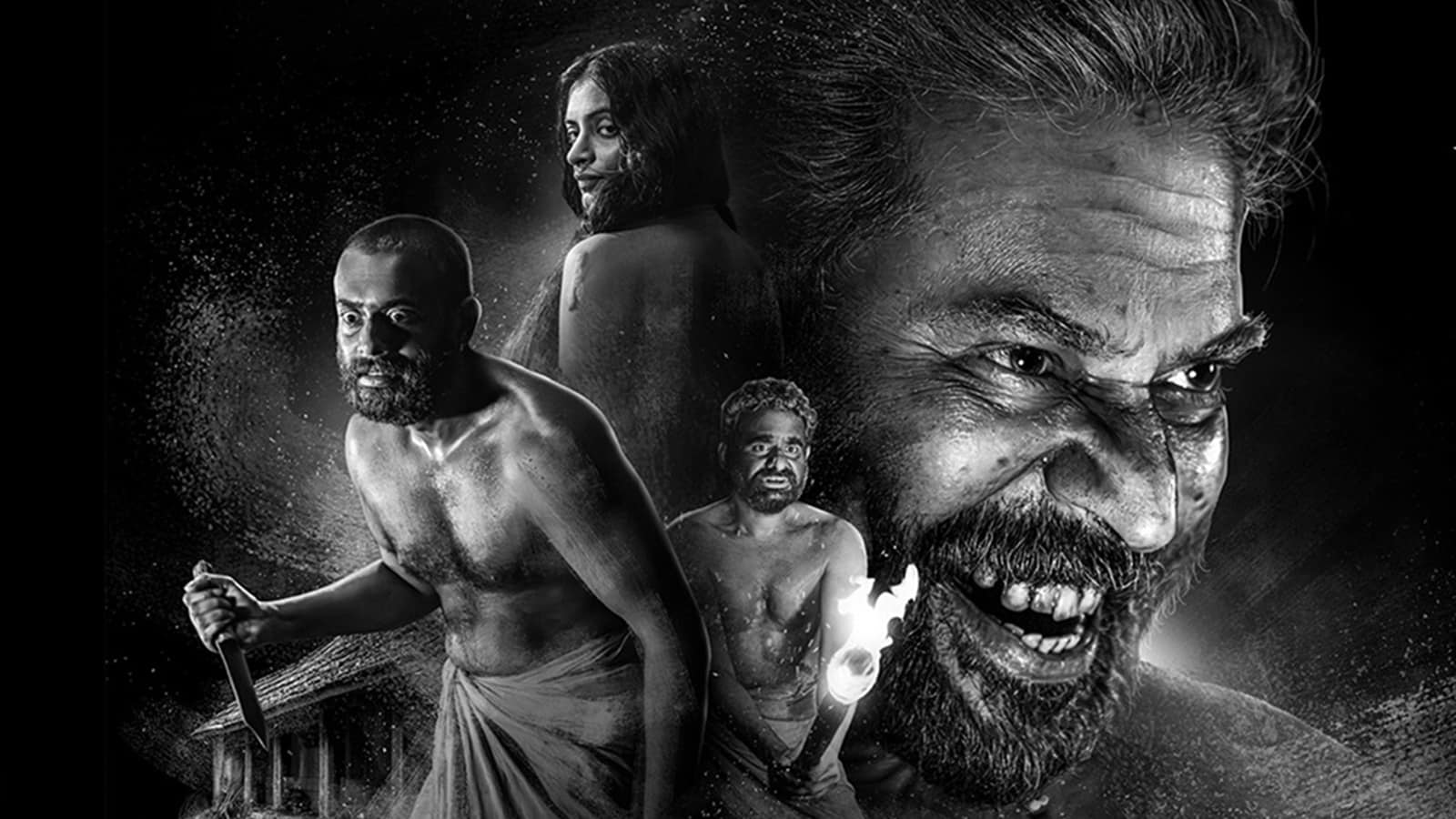Editor’s Note: This month, that is November 2019, FII’s #MoodOfTheMonth is Regional Indian Cinema, where we invite various articles on regional films from across the country which have had some impact on you or on the society, in either positive or negative, or in both ways. If you’d like to share your story, email us at pragya@feminisminindia.com.
Feminist film theorist Laura Mulvey coined the term ‘male gaze’ in her 1975 essay “Visual Pleasure and Narrative Cinema“, she critiques the sexual imbalance whereby the perspectives of both the film-makers and the viewers are a male one. She argues that women are displayed as sexual objects of male desire to connote “to-be-looked-at-ness“. Thus in cinema, the audience sees what the ‘male gaze’ of the film-maker shows: camera shots that linger on a women’s body parts and scenes of psychoanalytical domination over a woman’s perspective. The concept of the ‘female gaze’ arose from such criticisms.
Albeit there is no definitive definition of the term, two assumptions have emerged from it which has been adopted by film-makers. First, that the ‘female gaze’ is a reverse of the ‘male gaze’, where men are objectified instead of women or a re-iteration of bro-culture. The second and most popular use of the term assumes that the ‘female gaze’ can only be achieved with a female film-maker or an all-female cast and crew. However, these understandings are reductive and often limit the term. It also fails to consider to acknowledge the works of male film-makers like Satyajit Ray, who are trying to capture the internal and external realities of women.
Film: Charulata (1964)
Director: Satyajit Ray
Original Story: Nastanirh (Broken Nest)
Writer: Rabindranath Tagore (1901)
Language: Bengali
Genre: Regional, Parallel and Bengali Arthouse Cinema
In Charulata, Satyajit Ray does not impose his gaze onto his heroine, but instead he allows her to see and view the world in the way she wants despite societal restrictions.

Storyline
Charulata follows the story of Charu (played by Madhabi Mukherjee), a bored and neglected housewife in late nineteenth-century Bengal. Her husband Bhupati (played by Sailen Mukherjee) is a bhadralok (upper-class Bengali intellectual) and the editor of a newspaper, who is interested in the freedom movement and social reform but has no time for his lonely wife. Charu is beautiful and intelligent, but she cannot do enough to fill her time. Sensing her loneliness, Bhupati invites her brother Umapada and sister-in-law, Manda to stay with them. However, Umapada begins helping Bhupati with the printing press, and Manda’s crude nature does not compliment Charu’s intelligent and creative nature. One day Bhupati’s cousin Amal (played by Soumitra Chatterjee) visits, and Bhupati asks him to engage and encourage Charu with her literary and cultural ambitions.
Both Charu and Amal bond over their mutual interests and fill the void of time in each other’s life. Amal realises Charu’s love for him but does not reciprocate out of guilt and duty. Umapada and Manda flee after scamming Bhupati of his money, destroying the prospects for the newspaper. Bhupati confides in Amal as the only one he can trust. Overcome by guilt and shame, Amal goes to England for higher studies and to marry, leaving behind a letter for Charu who is left heartbroken. Bhupati, shocked and also heartbroken upon realising the truth when he sees Charu crying leaves the house. When he returns, Charu and Bhupati attempt to extend their hands towards each other but the film ends before their hands meet.
Also read: A Cuckoo’s Song: Film Review Of Charulata
Ray And Tagore’s Feminist Sensibility
Ray and Tagore were inspired by the subtleties of change in people’s lives and the complexities within relationships. Both were not consciously feminist; however, they were concerned with social reform and the female point-of-view. Many of Tagore’s stories feature women who, in their contexts and even today, remain dynamic and progressive. However, unlike Tagore, whose perspective was clouded by Victorian ideals, Ray was more concerned with the state of Bengali women in the local context.
Through Charulata, Ray’s filmmaking shows that the ‘female’ gaze is not about the reversal of the ‘male gaze’ or everyday stereotypes about women or having female film-makers, but about a truthful reflection of how a woman in whatever context sees the world around her.
Madhabi acted in three films directed by Ray all with strong female characters. What is most striking about Ray’s heroines is not that they play the lead roles in films, but that they think and feel just like male characters. They are not secondary to men, but equal and active participants of the representation of a wholesome human experience. And, this is what I believe is fundamental to the idea of the ‘female gaze’, including women’s experiences as they are without objectification, exploitation or masculinisation.
Also read: 7 Progressive Women In ‘The Stories Of Rabindranath Tagore’
The Art of Seeing

Through Charulata, Ray’s filmmaking shows that the ‘female’ gaze is not about the reversal of the ‘male gaze’ or everyday stereotypes about women or having female film-makers, but about a truthful reflection of how a woman in whatever context sees the world around her. Ray allows his audience to peek into Charulata’s mind. Her portrayal is not reduced to a sinful, adulterating wife who is in an illicit affair but is one that sympathises with the emptiness in her life which leads to her falling love with a man other than her husband.
Also read: A Feminist Reading Of Mahanagar – Satyajit Ray’s Sketch Of Middle Class Morality
The film opens with scenes depicting the various ways Charu occupies herself through embroidery, reading, looking at the outside world through her opera glasses, playing the piano, tending to the needs of and observing her inattentive husband. Later, while speaking to her husband she rhetorically remarks: “Amar ki shomoy’er obhab ache” (Am I ever limited by time?). Charu is plagued not by time, but due to not having a companion. In colonial Bengal, women were expected to maintain purdah (seclusion/confinement to the home), and from the start, the audience is made to see her lonely existence. We do not see Charu’s plight through the lens of Ray’s camera or a male character, but through Charu herself.
Charu is plagued not by time, but due to not having a companion. In colonial Bengal, women were expected to maintain purdah (seclusion/confinement to the home), and from the start, the audience is made to see her lonely existence.
Through Ray’s technique of framing the shots with Charu’s opera glasses, we get an insight into her inner thoughts and feelings, and we see what she sees. First, she looks out at the world she is isolated from, from inside her house. Secondly, she looks at her inattentive husband as he walks past her, unaware of her presence. Finally, she intensely focuses on Amal as her forbidden desire for her brother-in-law is evoked. The opera glasses do not exclusively give access to Charu’s mind only by seeing, but is accentuated by sparse speaking.

Ray fills the majority of his film with silence or less speech from his characters. When conveying Charu’s emotions, he focuses on her body language, gestures, facial expressions, external sounds, music or singing. She rarely says how she feels or expresses herself with words. Often when we think of silence, it is perceived as a sign of weakness or subjugation, but in Charulata it occupies a space for women’s subjectivity. The close ups of Charu’s disturbs face say more that words; instead of directly telling Ray urges his audience to observe and listen to her unspoken words.
In Charulata, Ray does not ignore the perspective of the men in the film by only emphasising Charu’s perspective. Instead, he shows the perspectives of men and women, which is necessary for the advancement of every society. A film from 1964, Charulata shows us that we do not need to privilege one perspective over another. Being a male film-maker Satyajit Ray not only avoids assuming a ‘male gaze’ but also emancipates his character, Charu, from its confines. Thus, in my opinion the concept of the ‘female gaze’, borne from the critique of the apparent ‘male gaze’ should not set up gender binaries but allow for truthful representation.
Also read: A Cuckoo’s Song: Film Review Of Charulata
References
Visual Pleasure and Narrative Cinema by Laura Mulvey
The Female Gaze: Women as Viewers of Popular Culture by Lorraine Gamman and Margaret Marshment
Nastarnirh, A Broken Nest, by Rabindranath Tagore
Charulata by Satyajit Ray
Note: Madhabi Mukherjee and Satyajit Ray won the Bengali Film Journalists’ Association Award (BJFA Award) in 1965 for her role in Charulata. The film won a total of ten awards.
Feature Image: The Daily Star





